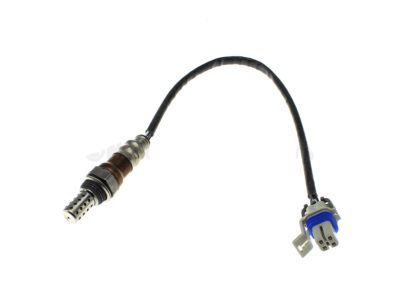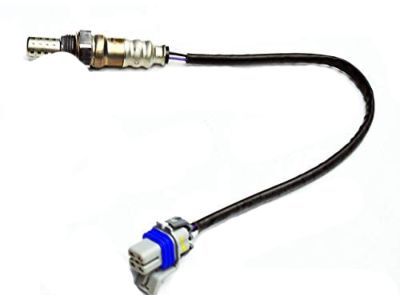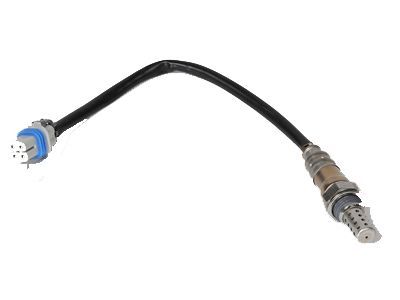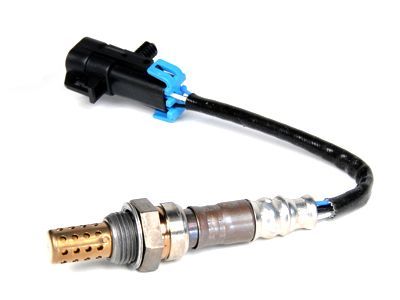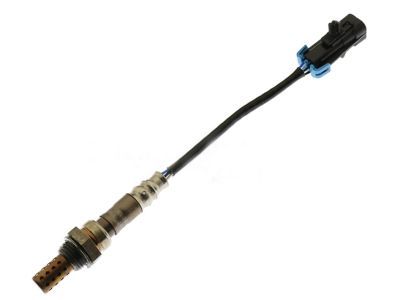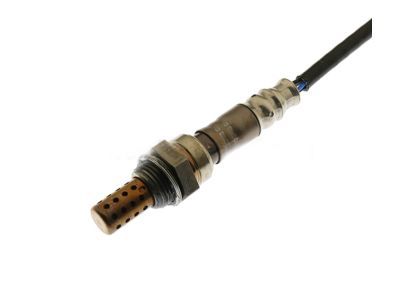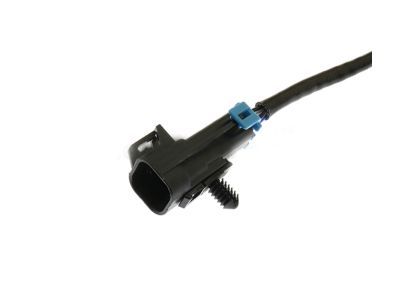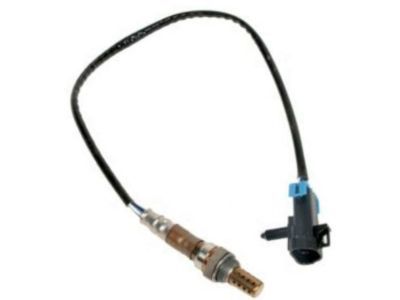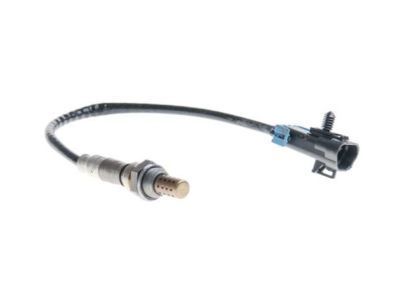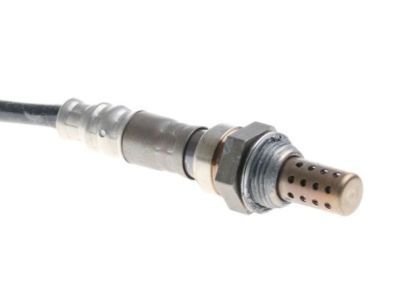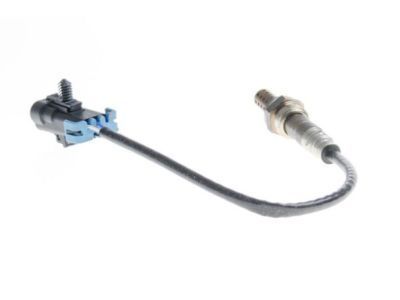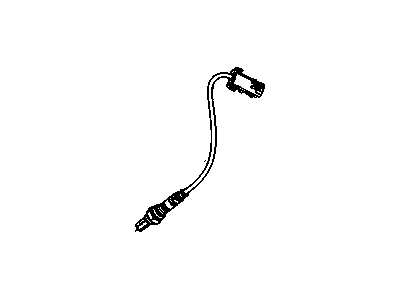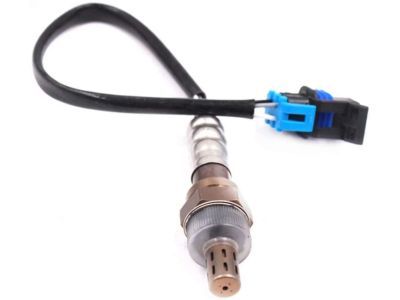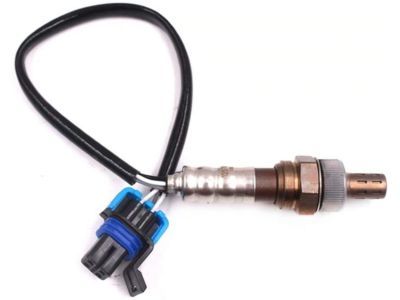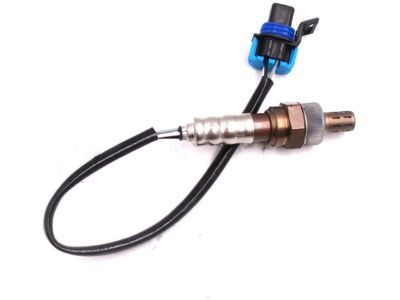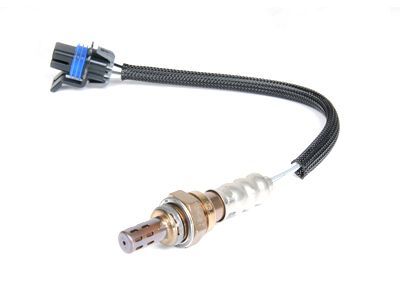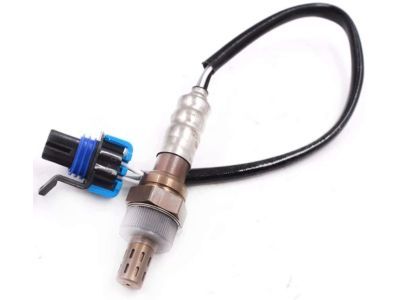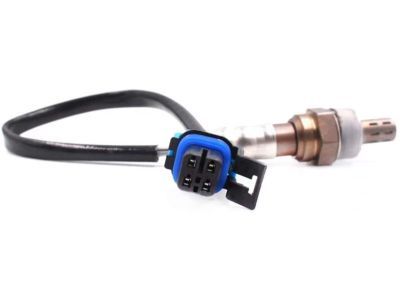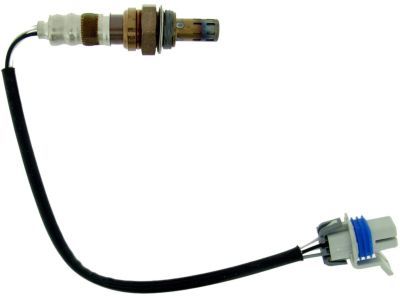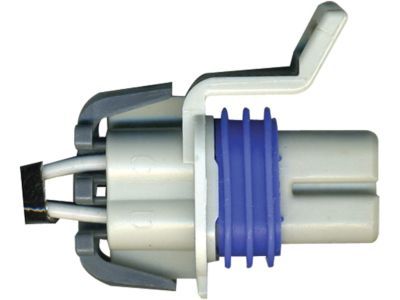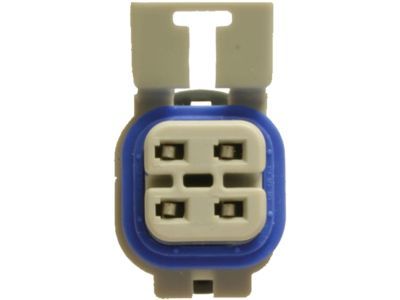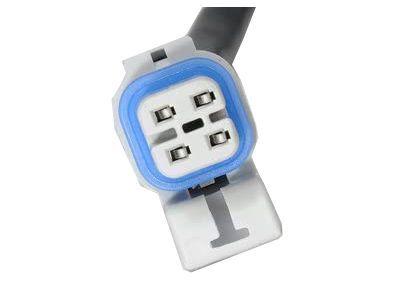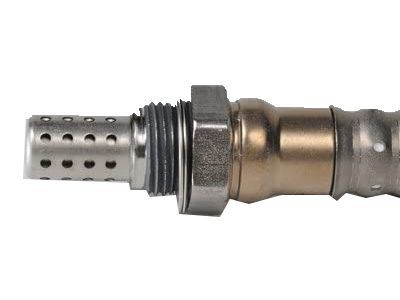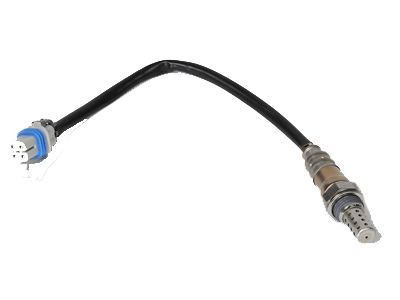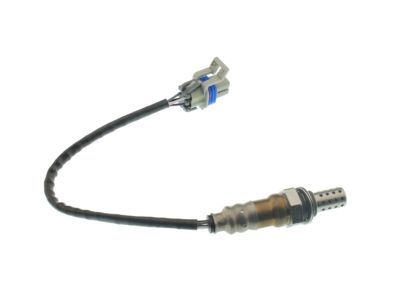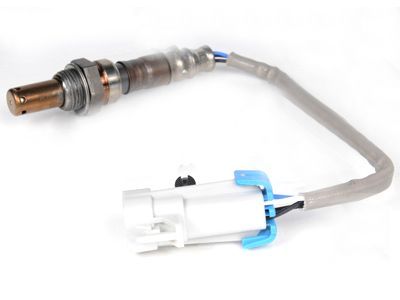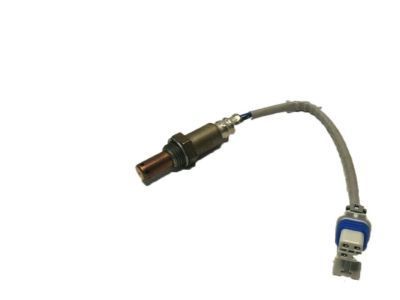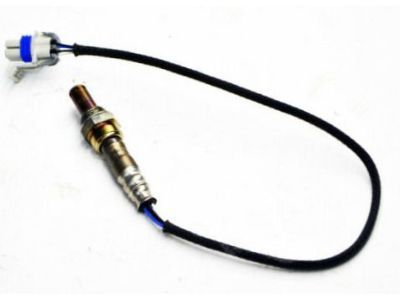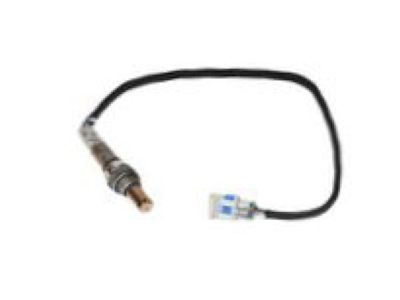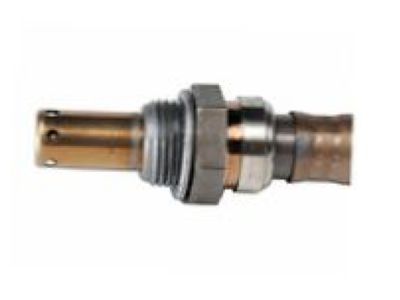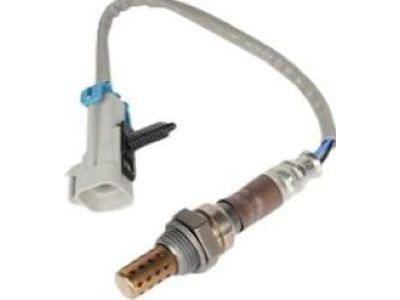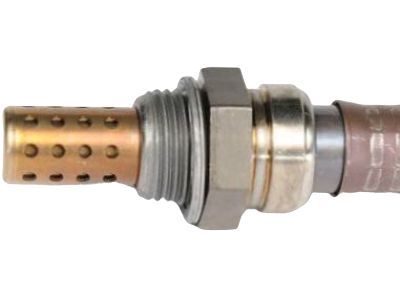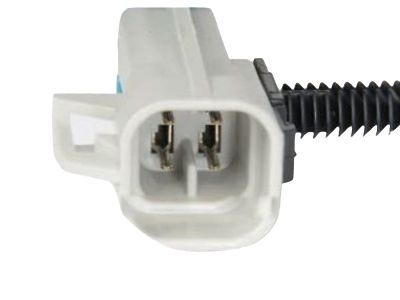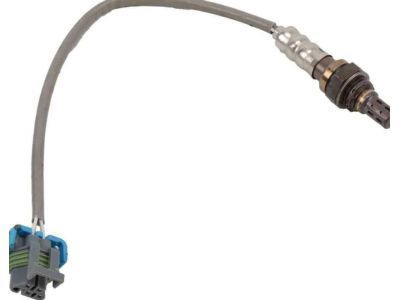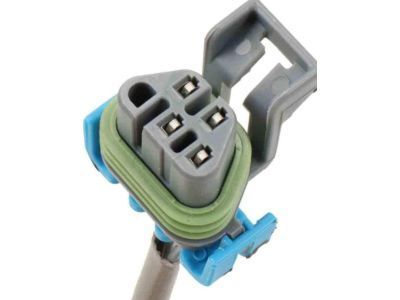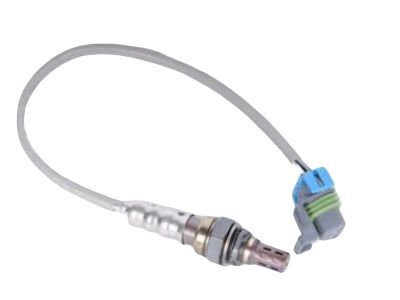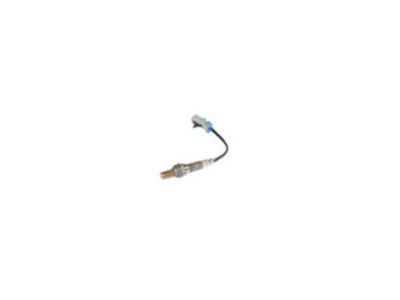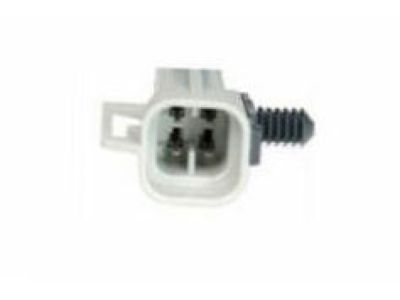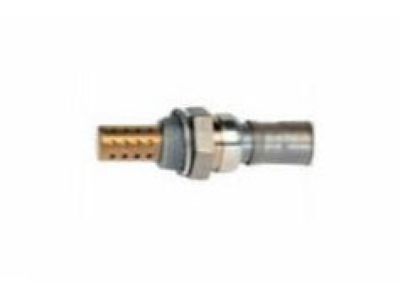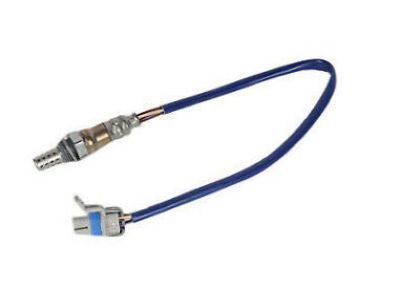
My Garage
My Account
Cart
Genuine Pontiac G6 Oxygen Sensor
Oxygen O2 Sensor- Select Vehicle by Model
- Select Vehicle by VIN
Select Vehicle by Model
orMake
Model
Year
Select Vehicle by VIN
For the most accurate results, select vehicle by your VIN (Vehicle Identification Number).
19 Oxygen Sensors found
Pontiac G6 Sensor Asm,Heated Oxygen (Position 3)
Part Number: 19209808$72.08 MSRP: $147.04You Save: $74.96 (51%)Ships in 1-2 Business DaysPontiac G6 Sensor Assembly, Heated Oxygen (Position 1)
Part Number: 12606671$45.63 MSRP: $93.10You Save: $47.47 (51%)Ships in 1-3 Business DaysPontiac G6 Sensor Assembly, Heated Oxygen (Position 1)
Part Number: 12616502$79.17 MSRP: $149.38You Save: $70.21 (47%)Ships in 1-2 Business DaysPontiac G6 Sensor,Heated Oxygen(Position 2)
Part Number: 12578624$84.12 MSRP: $171.60You Save: $87.48 (51%)Ships in 1-2 Business DaysPontiac G6 Sensor Asm,Heated Oxygen (Position 2)
Part Number: 19209807$87.40 MSRP: $178.30You Save: $90.90 (51%)Ships in 1-2 Business DaysPontiac G6 Sensor,Heated Oxygen(Position 1)
Part Number: 12594452$53.96 MSRP: $110.06You Save: $56.10 (51%)Ships in 1-3 Business DaysPontiac G6 Sensor Assembly, Heated Oxygen (Position 2)
Part Number: 12608662$60.80 MSRP: $124.02You Save: $63.22 (51%)Ships in 1-2 Business DaysPontiac G6 Sensor Assembly, Heated Oxygen (Position 2)
Part Number: 12608663$70.06 MSRP: $142.92You Save: $72.86 (51%)Ships in 1-2 Business DaysPontiac G6 Sensor Assembly, Heated Oxygen (Position 1)
Part Number: 12590790$54.80 MSRP: $102.72You Save: $47.92 (47%)Ships in 1-2 Business DaysPontiac G6 Sensor,Heated Oxygen(Position 2)
Part Number: 12618009$84.12 MSRP: $171.60You Save: $87.48 (51%)Ships in 1-2 Business DaysPontiac G6 Sensor Assembly, Heated Oxygen (Position 1)
Part Number: 12596701$41.83 MSRP: $131.10You Save: $89.27 (69%)Ships in 1-2 Business DaysPontiac G6 Sensor,Heated Oxygen(Position 2)
Part Number: 12597947$84.12 MSRP: $171.60You Save: $87.48 (51%)Ships in 1-2 Business DaysPontiac G6 Sensor Assembly, Heated Oxygen (Position 2)
Part Number: 12608712$70.55 MSRP: $143.93You Save: $73.38 (51%)Ships in 1-2 Business DaysPontiac G6 Sensor Assembly, Heated Oxygen (Position 2)
Part Number: 12615904$69.59 MSRP: $126.54You Save: $56.95 (46%)Ships in 1-2 Business DaysPontiac G6 Sensor Assembly, Heated Oxygen (Position 2)
Part Number: 12618012$95.99 MSRP: $195.82You Save: $99.83 (51%)Ships in 1-2 Business DaysPontiac G6 Sensor Assembly, Heated Oxygen (Position 2)
Part Number: 12612436$57.53 MSRP: $104.60You Save: $47.07 (45%)Ships in 1-2 Business DaysPontiac G6 Sensor,Heated Oxygen(Position 2)
Part Number: 12617907$70.32 MSRP: $127.87You Save: $57.55 (46%)Ships in 1-2 Business Days
Pontiac G6 Oxygen Sensor
Oxygen Sensor used in Pontiac G6 cars is one of the important sensors that are responsible for measuring the amount of the unburned oxygen in exhaust, which is used for the purpose of controlling the air fuel mixture and therefore, emissions. It produces a voltage signal of the levels of oxygen and the engine control computer is able to modify the pulse width of the fuel injector. This closes the loop of the engine, and thus increases the efficiency of the catalytic converter. Most of the Pontiac G6 models require oxygen sensors that may be the zirconium dioxide ones to include the narrow-band and the wide-band. There are regular narrow-band sensors that can offer the data of the rich or the lean signal, there are wider narrow-band sensors such as the wide-band sensors which will give o broad information of the air-fuel mixture. These sensors may get fouled over time by contaminants and they usually result to increased emissions and lower fuel economy. It was also discovered that the Oxygen Sensor requires regular monitoring and maintenance in order to give the optimal performance for vehicles of the Pontiac G6 model.
Each OEM Pontiac G6 Oxygen Sensor we offer is competitively priced and comes with the assurance of the manufacturer's warranty for the part. Furthermore, we guarantee the speedy delivery of your orders right to your doorstep. Our hassle-free return policy is also in place for your peace of mind.
Pontiac G6 Oxygen Sensor Parts Questions & Experts Answers
- Q: How does an oxygen sensor function, and how to replace sensors on Pontiac G6?A:An oxygen sensor functions as a galvanic battery that generates a small voltage output based on the oxygen levels in exhaust gases, providing essential input for the feedback loop with the Powertrain Control Module (PCM) to maintain the ideal air/fuel ratio of 14.7:1 for optimal Catalytic Converter performance. Vehicles equipped with On-Board Diagnostics II (080-11) engine management systems utilize two oxygen sensors-one before and one after the catalytic converter-to assess converter efficiency by comparing oxygen levels in the exhaust gases. Four-cylinder models feature one upstream sensor located on the exhaust manifold and one downstream sensor positioned below the catalytic converter, while V6 models have two upstream and two downstream sensors, each situated in the exhaust manifolds and pipes, respectively. All sensors are heated to enhance warm-up time, with the PCM controlling the heater circuit. Care must be taken during servicing, as the sensors have permanently attached pigtails and connectors that, if damaged, render them unusable. When replacing sensors, it is advisable to warm the engine to ease removal, apply anti-seize compound to old sensors, and ensure proper installation and torque specifications.
